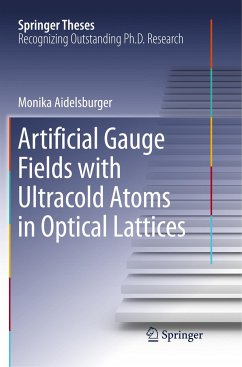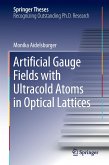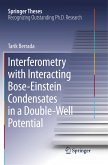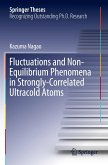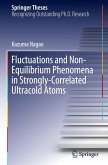This work reports on the generation of artificial magnetic fields with ultracold atoms in optical lattices using laser-assisted tunneling, as well as on the first Chern-number measurement in a non-electronic system.
It starts with an introduction to the Hofstadter model, which describes the dynamics of charged particles on a square lattice subjected to strong magnetic fields. This model exhibits energy bands with non-zero topological invariants called Chern numbers, a property that is at the origin of the quantum Hall effect. The main part of the work discusses the realization of analog systems with ultracold neutral atoms using laser-assisted-tunneling techniques both from a theoretical and experimental point of view. Staggered, homogeneous and spin-dependent flux distributions are generated and characterized using two-dimensional optical super-lattice potentials. Additionally their topological properties are studied via the observation of bulk topological currents.
The experimental techniques presented here offer a unique setting for studying topologically non-trivial systems with ultracold atoms.
It starts with an introduction to the Hofstadter model, which describes the dynamics of charged particles on a square lattice subjected to strong magnetic fields. This model exhibits energy bands with non-zero topological invariants called Chern numbers, a property that is at the origin of the quantum Hall effect. The main part of the work discusses the realization of analog systems with ultracold neutral atoms using laser-assisted-tunneling techniques both from a theoretical and experimental point of view. Staggered, homogeneous and spin-dependent flux distributions are generated and characterized using two-dimensional optical super-lattice potentials. Additionally their topological properties are studied via the observation of bulk topological currents.
The experimental techniques presented here offer a unique setting for studying topologically non-trivial systems with ultracold atoms.

